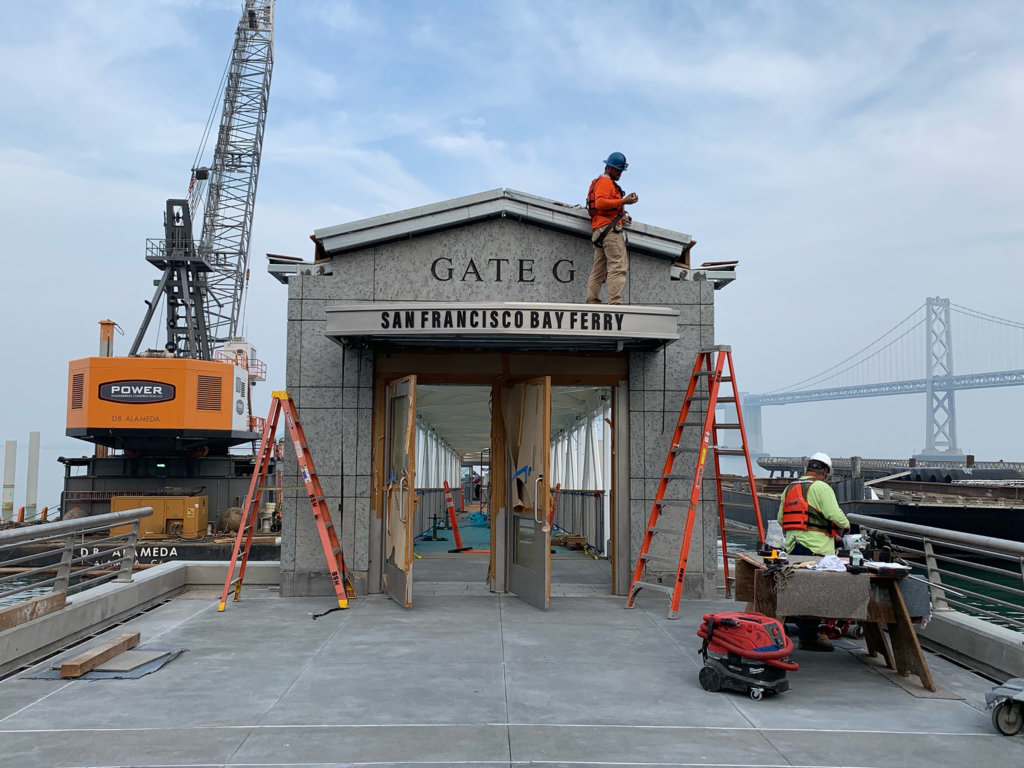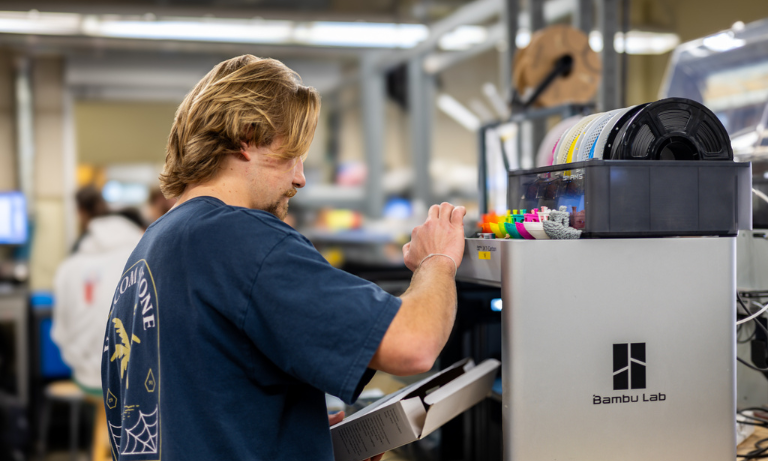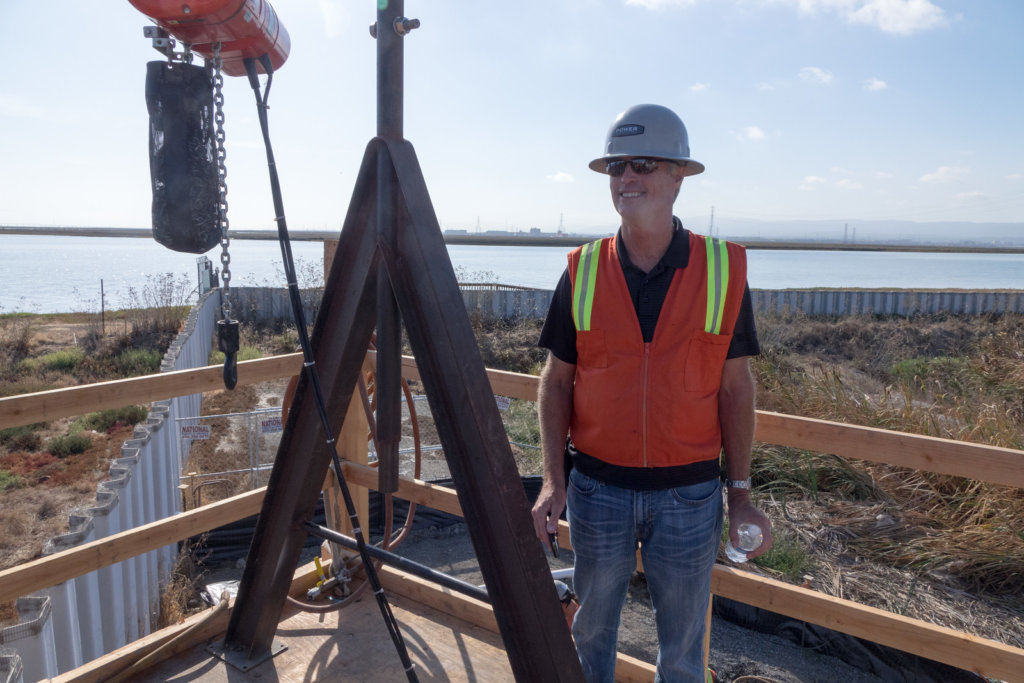
As soon as the divers at Power Engineering Construction Co. slip beneath the ocean surface, they begin multi-tasking, performing skilled construction while battling currents, monitoring oxygen levels and struggling to see in low-visibility conditions.
“The ocean is not kind,” said Ken Lindberg (Civil, ’79), one of four co-owners of the company, which specializes in heavy civil and marine projects. “It’s cold, and it’s a tough environment.”
The Pacifica native knows about that first-hand, having been a diver for decades.
“My dad put a tank on me when I was 11, and I probably weighed all of 70 pounds,” he said.
His company builds and repairs piers, marinas, outfalls, water treatment facilities and more, warranting its tagline, “Engineering construction near, on, and under the water.”
Lindberg’s underwater experience was crucial to the success of Power, which he co-founded in 1986. Since then, the company has significantly invested in heavy equipment, which allows it to perform a wide variety of work, in and out of the water.

“We don’t limit ourselves to a certain type of project,” said Brian Shalk, a project manager and 2010 Cal Poly alumnus. “We really feel like we can build anything. One day you can be working on a beach restoration project, and the next day you can be working on structural repairs for a pipeline 60 feet under water.”
When the Alameda company was launched by Lindberg, Brian Stitt and Danny Reynolds, work typically came from clients with complex projects others wouldn’t consider. Many projects entailed work in surf zones, featuring rip tides and breaking waves.
In company photos, Lindberg can be seen diving for some of those projects, using his water and engineering experience to the company’s advantage.
“Not everyone wants to get beat up by the water,” he said. “But robots can’t do everything down there.”
In the early years, the company amassed a growing list of impressive projects, including a seismic upgrade to San Francisco’s Pier 1, the construction of four cofferdams at the Veterans Bridge in Sacramento and various repairs to Pacifica’s seawalls, bridges and piers after it was damaged by El Nino storms in 1998.
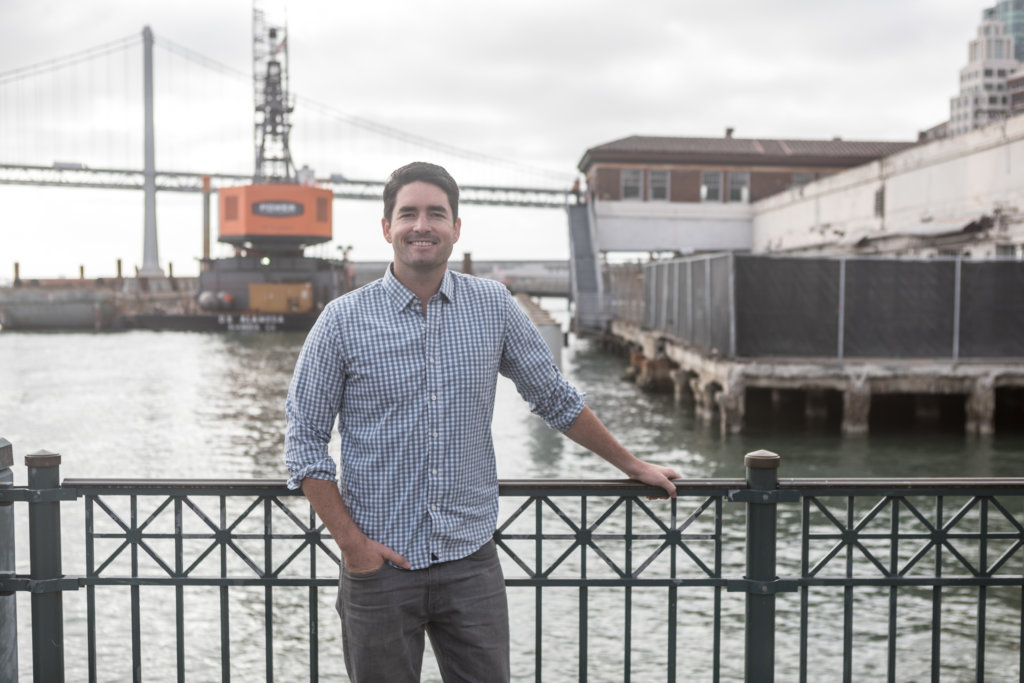
After joining the Pile Driver’s Union in 1997, the company aggressively pursued larger projects and began investing in its own future. The biggest investment was the construction of two huge barges in 2012 and 2018 – the 100-ton derrick barge, DB Alameda, and the 250-ton crane barge, DB Pacific, the biggest of its kind in the West. These massive pieces of floating equipment, which are delivered to sites via tugboats, greatly expanded the scale of projects the company could tackle.
“We can drive whatever we need,” Lindberg said. “We always had to subcontract that portion of the work.”
The floating cranes are custom-made for the company’s line of work, Shalk said, including pile driving and heavy lifting.
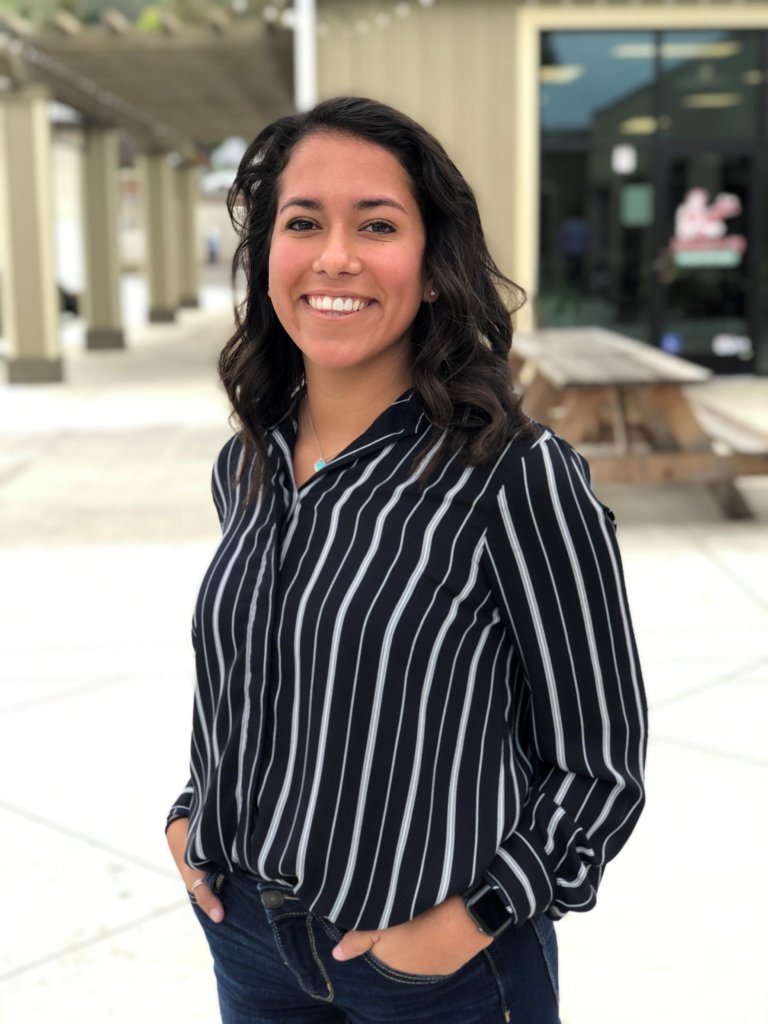
“Having this special equipment gives us the access and opportunity to pursue a unique niche of exciting work,” he said.
Today, the company’s 145 employees (three of the four current co-owners are Cal Poly graduates) include engineers, craftsman, and operators, allowing them to both design and build.
“What’s unique about Power is that we self-perform most of our work,” said Lauren Rodriguez, a 2020 Cal Poly graduate, who began working as a project engineer last August.
Many of the company’s projects have taken place in the shadow of the Golden Gate Bridge, a marine engineering coup completed by engineers and construction workers 84 years ago.
“It’s mind-blowing how they built that,” Rodriguez said. “I think about it all the time.”
A resident of the city’s Russian Hill neighborhood, she has plenty of opportunities to see the city’s famous bridges, visiting Power projects in the city. Recently, she spoke from one of those job sites – the Ferry Building, where the company was performing under-deck repairs.
“I never thought I’d be a city person,” said Rodriguez, a Palm Springs native, who landed the job through the Heavy Civil Career Fair at Cal Poly. “It’s so interesting to be in such an iconic place.”
While safety and cost effectiveness are always major considerations, working on projects in an internationally known tourist destination has added responsibilities.
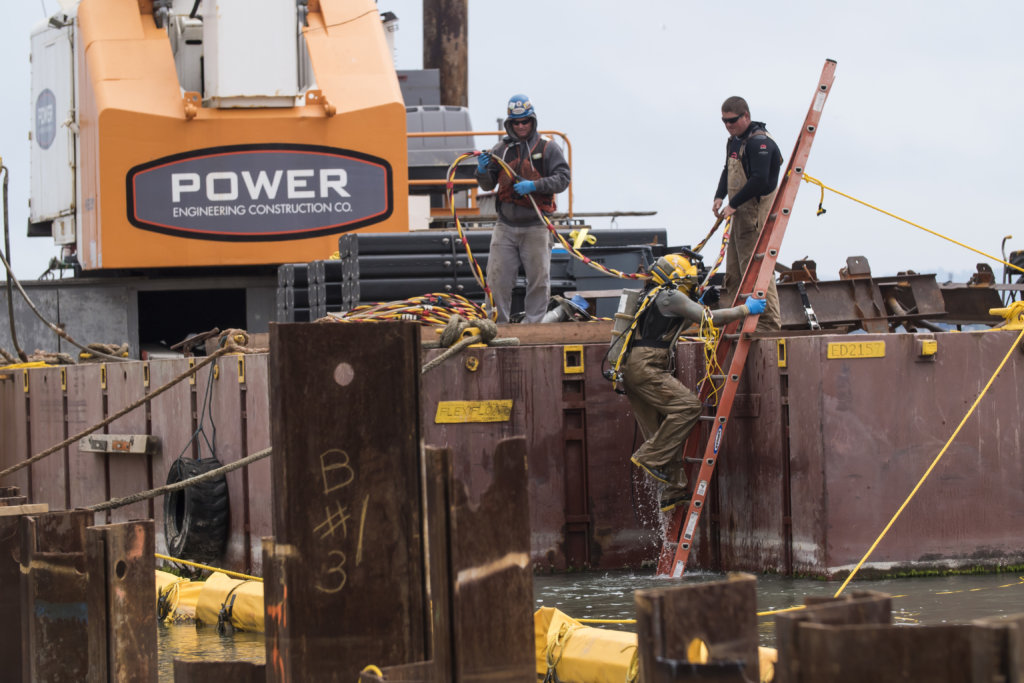
“Not only does it have to function well, but it also has to look good,” Lindberg said.
Anyone traveling the Bay Bridge into the city will see the Downtown San Francisco Ferry Terminal, located next to the historic Ferry Building on the Embarcadero. Power used its two barges and a slew of other equipment for a highly visible terminal expansion.
In addition to aesthetics, the company also has to consider protecting nearby structures, like the Ferry Building, which was completed in 1898.
“If a historic building is adjacent to a project, we may install seismic and settlement instrumentation to monitor the building during disruptive construction activities,” Shalk said. “This gives peace of mind to us, our clients, and any onlookers.”
With projects involving divers, massive equipment and iconic locations, the company’s work provides plenty of highlight reel action. And it’s no surprise that employees like Lindberg, Rodriguez and Shalk all enjoy water sports.
Shalk was even certified to dive – a company perk.
“Most of our engineers are pretty adventurous and want to live life to the fullest,” Rodriguez said.

